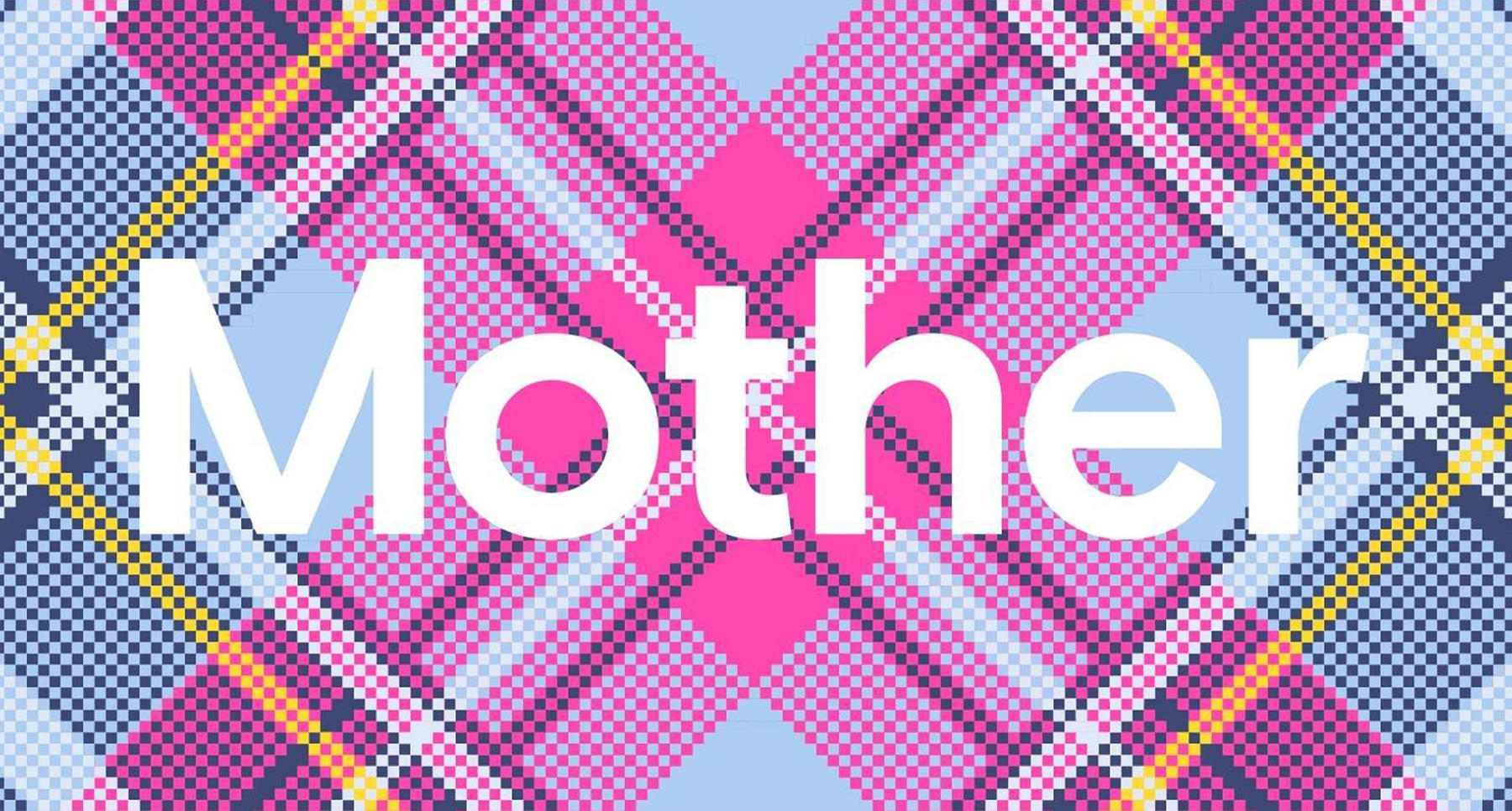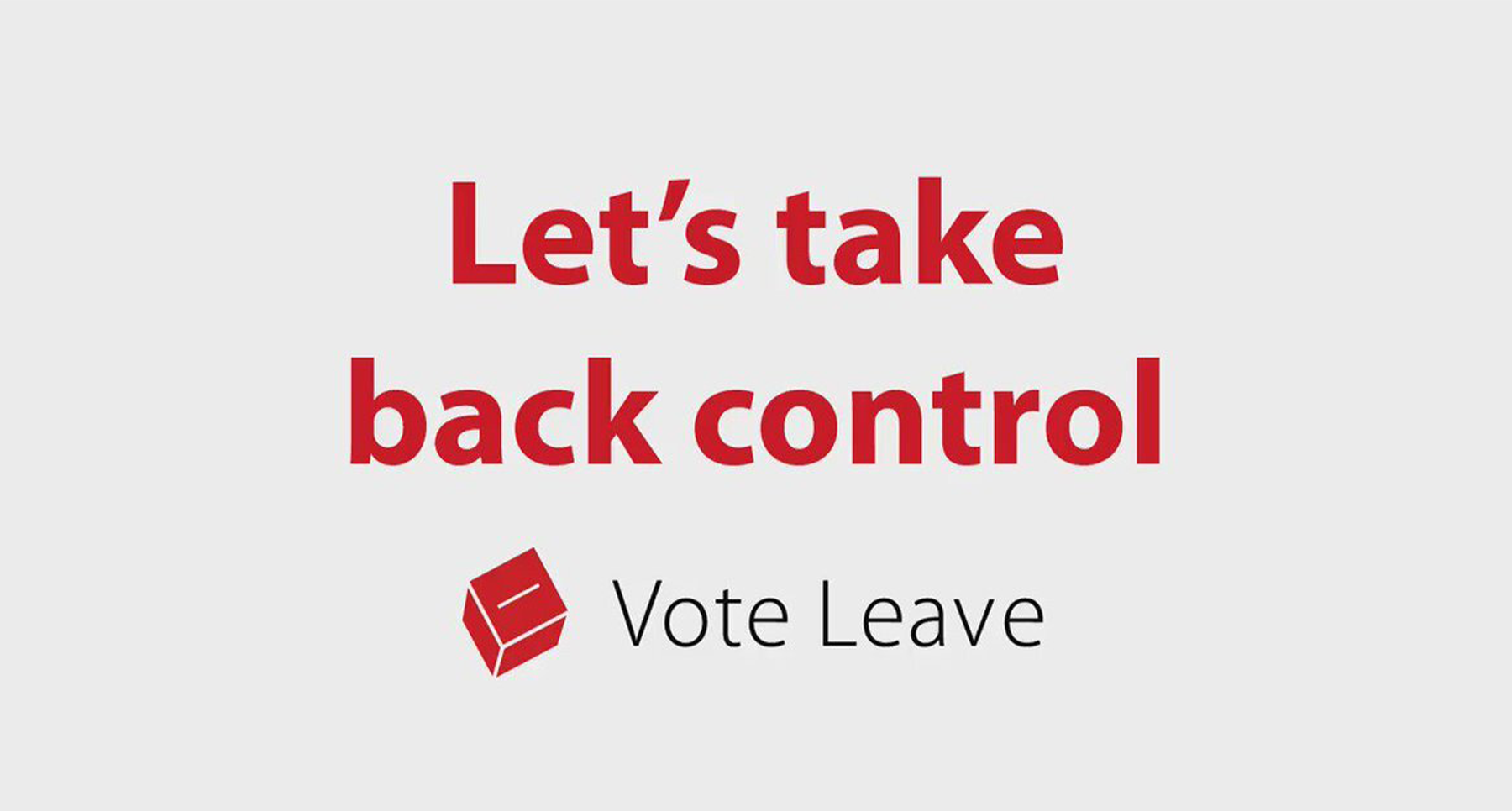Posted on June 1, 2021
Updated on March 10, 2023
7 min read time

The power of a winning brand strategy and an impactful story is undeniable. But when brands are looking to disrupt the category, it’s crucial for success. But how do you transform growth goals into an emotional story that engages and excites? How has COVID-19 impacted storytelling, and what role can data play in all of this?

We caught up with Matt Sadler, Strategy Director of global creative agency Mother London, to find out how, in a world of data, creativity and COVID-19, brands can leverage the power of strategy and storytelling to cut through the noise and stand out against competition.
To what extent does a brand’s ability to connect with people through emotion play on the end purchasing decision?
Daniel Kahneman’s ground-breaking research on decision making has shown that approximately 98% of all thinking is emotional, System 1 activity. That makes the role of emotion in any kind of decision making huge – which is something you can see widely across society and brands.
In marketing, if you ask anyone what their favourite campaigns are, they’ll almost always be emotional – and the IPA has done an awful lot of work to prove emotional campaigns outperform rational ones in terms of effectiveness. So, it makes sense that appeals to our emotion lie behind any of the great pieces of marketing, from Apple’s Think Different to Nike’s Just Do It, even – and I hate to call it a great piece of marketing but - Brexit, Take Back Control. The problem for ‘Remain’ was that they tried to win the rational argument, while ‘Leave’ were masters of emotion. Emotion is always going to win.

The SMART model you discussed in our recent webinar, on how to update your brand story was great. How important are those first steps and why is having a goal-oriented brand strategy beneficial for brands and agencies?
A vital first step in developing any strategy is being specific about what you’re setting out to achieve. After all, if you don’t know where you’re going, how can you work out how to get there? Then outlining measurables helps you be able to map the scale and type of the challenge, identify where the issues are, and measure your progress.
With ProQuo you have an amazing set of Drivers that gives you an instant dashboard showing you where the hotspot strengths and challenges are of your brand and category. After the data sets the direction, it’s then a case of making that creative leap and crafting a brand story and marketing plan that will propel you to success.
What are the key components of an effective brand story?
Great brand stories have three things in common, so the important thing is to use the data plus your creativity to achieve them:
If you do these three things, that’s how you make the leap from rational data to emotional story.
What are the common mistakes brands or agencies make when building a brand strategy?
You’ve got to start off on the right foot and head in the right direction. Great creative execution builds on great strategy to create fantastic work. If you don’t get the strategy right at the beginning, the best creative work in the world is unlikely to be as powerful or have the effect that you want.
Treating every stage with equal importance and being as clear and compelling as possible at each step, from client briefing upwards, is crucial. The more inspiring clients are with their briefs, the higher the bar it gives the creative agency to build on. With the same then being true of the agency strategist’s brief to their creatives. The mistake brands and agencies often make is to leave being ambitious and creative to the end of the process, when the best strategies are also both of those things.
What tips would you give brands wanting to disrupt the category and strike that fine balance between bold, exciting messaging, and messaging that goes too far?
A lot of judgement comes from experience and learning to feel what the right kind of ideas feel like - the ‘good scared’ kind of feeling. You want to be pushing yourself and the boundaries of what’s possible against what’s been done in your brand and category, whilst still feeling confident that you’ll get the outcome you want.

Great marketing is often polarizing and ruffling a few feathers, and if it creates buzz and makes the audience that you care about love you even more, it can be a recipe for huge success. But the right feeling should be an uncomfortable excitement to find out what will happen, and what kind of stir you’ll create, rather than terror at the potential for disaster. And if you’re ever feeling the latter, the important thing is to share and talk about it, so your team can discuss it, relieve any anxieties and solve any issues.
One tool everyone’s always got at their disposal as well is consumer data. Within ProQuo there’s CreativeLab where you can understand an idea’s impact before launch, so if something scares you but you think there might be something in it, why not share it with some of your audience and see how it makes them feel?
Of course, don’t look for all of them to love it, but do listen and see if makes them talk, see if it sparks the right kind of conversations and moves the important metrics, to answer any questions and establish whether the work could have the right kind of impact. And of course, working with the right partners is vital – which is why Mother is around! We know how to push boundaries in the right way for brands.
How have you found COVID-19 has impacted brand strategies towards impactful storytelling?
COVID has impacted so much within the industry. When you think of COVID and storytelling, the first lesson has been how easy it is to fall into the trap of telling the same story as everyone else. COVID definitely reinforces the need for brands and agencies to do things differently.
COVID has impacted so much within the industry. When you think of COVID and storytelling, the first lesson has been how easy it is to fall into the trap of telling the same story as everyone else. COVID definitely reinforces the need for brands and agencies to do things differently.
In the early stages of COVID, every brand was telling the same story of separation and being downbeat with the likes of sad music. Once you step back and are aware of this, it can give you fuel to tell fresh stories. The KFC team at Mother lent into the issues and took more of a joyful take on COVID by hosting things like home cook-offs.
For marketers trying to plan a few months out, the unpredictability of COVID has made it tricky to think ahead. Here, what Mother found really worked, particularly in our Stella Artois campaigns, was the development of a flexible modular toolkit of assets that we could dial up and dial down in different markets, as different levels of COVID restrictions hit or relaxed.
As I mentioned above, the important thing is also considering how to be Relevant, Distinctive and Authentic at every moment, rather than just jumping on the bandwagon. Stella Artois is a premium European Beer and our creative platform The Life Artois is about inviting people to come together to savor life. So, when lockdown restrictions eased but ugly social distancing markers risked intimidating people when they went back to the bar, Mother developed beautiful social distancing street art with Shepard Fairey’s Studio Number One, to enable people to share a socially distanced beer in style. Stella Artois’ Together Apart Street Art has since been rolled out in key cities around the world and gathered over 1.2 billion earned media impressions.
What advice would you give other agencies to ensure they maximize the value they get out of relationships with the brands they manage?
I think it would be to realise that your most important relationship isn’t with the brand, it’s with the people. Ultimately, the best brands are alive for longer than any of us, but a brand at any given moment is largely the product of the people that work on it.
So, if you want to create bold, ambitious brands, you need to work with bold, ambitious people, or create the conditions under which people feel like they can be bold and ambitious. And when you maximize your relationships in that way, then you’ll have the best possible chance to maximize the value of your brand.
The other advice I’d give would be to always take ownership of the brands you work on. Ask yourself: What would you do if it was your money? Where you think the opportunities are? And work with clients and other agencies to get there, but also recognize the value of operating outside of those organizations and having your own point of view.
After all, clients employ agencies because they want fresh thinking and to be challenged in a way that they’re not within their organization. So, your job is to not just drive ideas that come from within the clients, but also to come up with fresh ideas, and surprising, bold, new points of view and ways forward, that might not have been realized within the organization itself. That’s how you can really add value to your role as an agency I think, and really make a difference to the brands you work with.
In your opinion, does AI power creativity or restrict it?
Funnily enough, back in 2008, my final IPA Excellence Diploma dissertation was titled ‘Data is our future, welcome to the Age of Infomagination’! It was around the need for people in the industry to stop seeing information and imagination as opposing forces and realize the creative potential in combining the two. Back then it won the President’s Prize - and I’m pleased to say it only feels more relevant today.
So, my view on the potential of AI and creativity is that we’re stronger together, and as an industry we shouldn’t fear data, but use it in the right way to unleash and focus our creative energies. It’s not the only tool in the toolkit, but it’s a really valuable one.
Where people go wrong with data is they try and present too much of it and overwhelm people. The secret to data is to pick bitesize pieces, well-chosen nuggets, that help you tell a great story. Ultimately, it’s not just the brand stories you tell the public that matter, but the strategic stories you craft to inspire your teams and your business. Ask yourself…
Making that story a truly compelling case for investment then means crafting your evidence into an emotive narrative, that not only persuades at a rational level but speaks to people on a human level too. Which makes sense when you think back to how important emotion is in every kind of decision making.
A well-told, well-structured strategy should therefore have some hard data at its core, but the best strategies make data one part of a bigger whole that also draws on a rich tapestry of qualitative insight, cultural and competitive context, the brand’s story and beyond, to create a compelling vision of what you should do and why and how you should do it. And again, whether you’re talking to your audience or team, the trick to telling a great story, that truly inspires action, is to make it relevant, authentic and distinctive.
If you want to learn more about the power of strategy and storytelling in fuelling your brand's growth, check out our latest webinar with Matt, below.
Our intelligent platform will take your brand further, faster.
Don’t believe us?
© 2020-2023 ProQuo AI International
All rights reservedWebsite by Blend